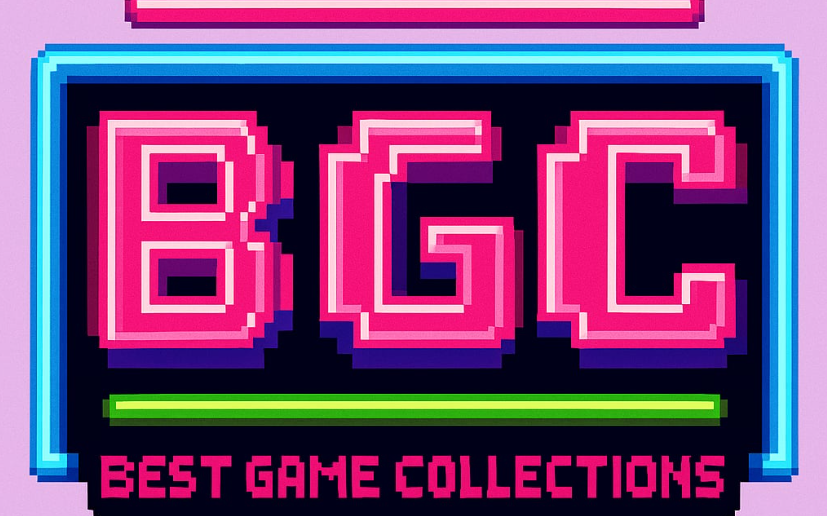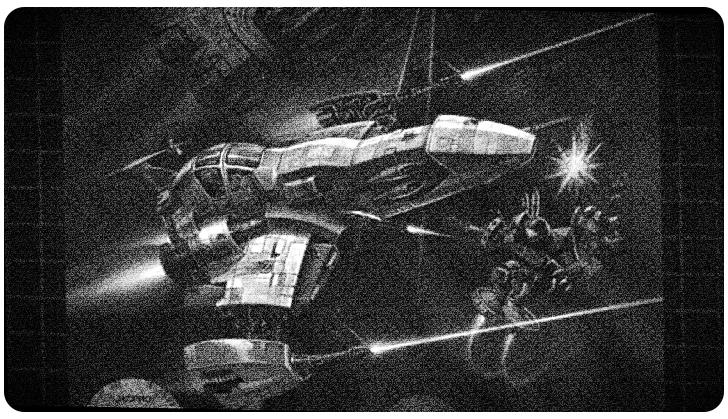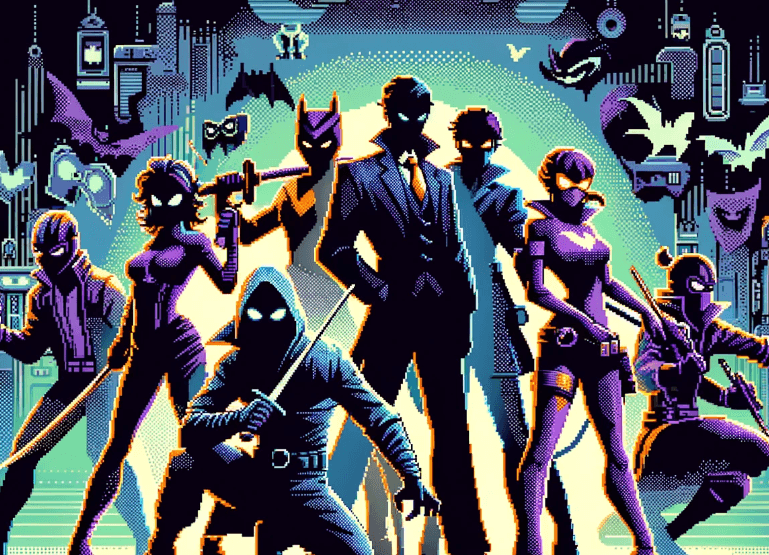 You have been known in the files simply as anonymous-villain.For the record, what should readers call you while you explain how you made their teeth rattle through Lightening Force: Quest for the Darkstar?
You have been known in the files simply as anonymous-villain.For the record, what should readers call you while you explain how you made their teeth rattle through Lightening Force: Quest for the Darkstar?
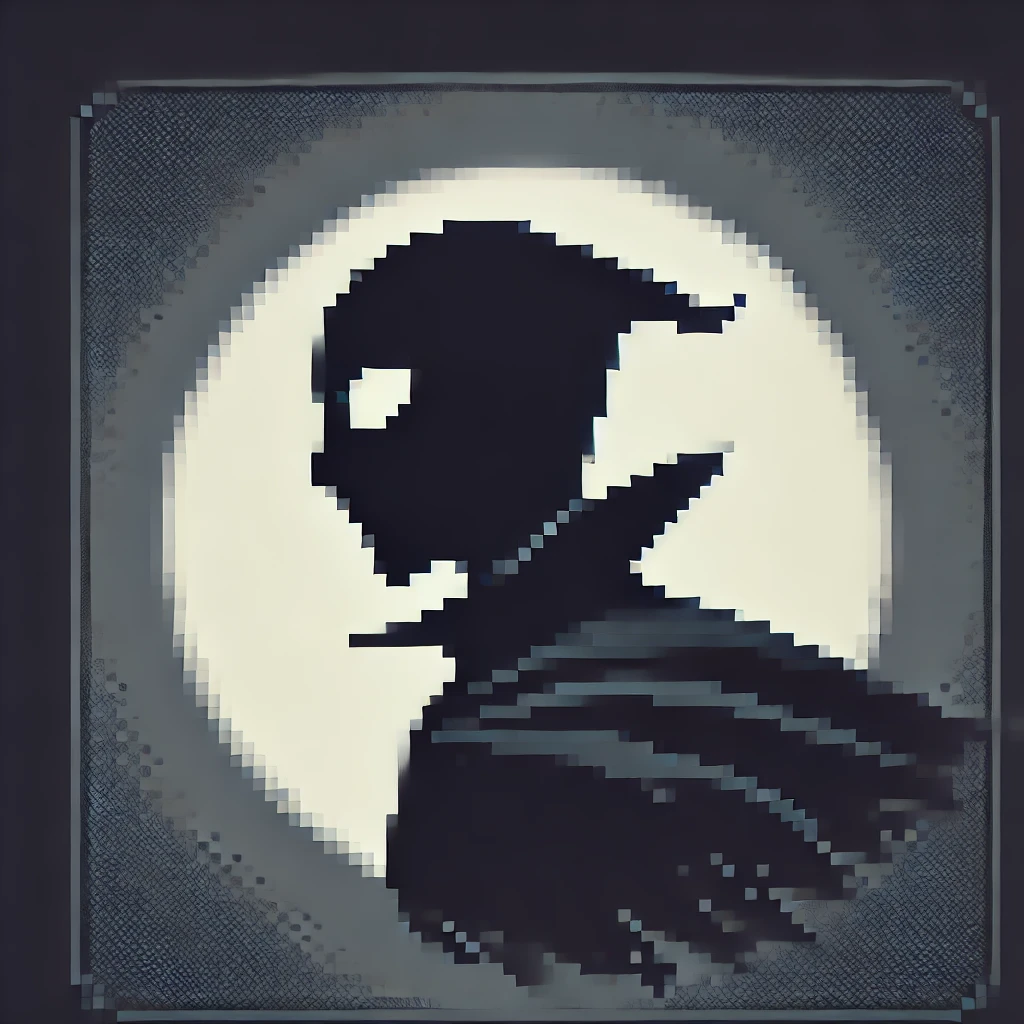 For the duration of this ballet of ruin, call me Nocturnus Meridian. The name is sharp enough to cut through the bravado of the FIRE LEO-04 Rynex pilot and long enough to outlast the reception chatter. After all, I prefer formality; chaos deserves ceremony.
For the duration of this ballet of ruin, call me Nocturnus Meridian. The name is sharp enough to cut through the bravado of the FIRE LEO-04 Rynex pilot and long enough to outlast the reception chatter. After all, I prefer formality; chaos deserves ceremony.
 The Rynex and its Thunder Sword posed a fresh challenge. So tell me, did you design that weapon to frustrate players or to admire their improvisations?
The Rynex and its Thunder Sword posed a fresh challenge. So tell me, did you design that weapon to frustrate players or to admire their improvisations?

 The Thunder Sword is a mirror. I built encounters that teach the pilot to steal victory from pressure — absorb, then release. When they embrace the mechanic, I applaud silently as my minions fall. However, when they hoard energy like timid merchants, I unleash corridors that punish hesitation. Ultimately, the weapon transforms every decision into a test of nerve and timing — a chance to prove that boldness outshines caution.
The Thunder Sword is a mirror. I built encounters that teach the pilot to steal victory from pressure — absorb, then release. When they embrace the mechanic, I applaud silently as my minions fall. However, when they hoard energy like timid merchants, I unleash corridors that punish hesitation. Ultimately, the weapon transforms every decision into a test of nerve and timing — a chance to prove that boldness outshines caution.
 Lightening Force stands as a spiritual kin to the Thunder Force lineage. So then, how much of your cruelty came from honoring that legacy versus exploiting it?
Lightening Force stands as a spiritual kin to the Thunder Force lineage. So then, how much of your cruelty came from honoring that legacy versus exploiting it?
 Honour and exploitation often travel together. The lineage taught me rhythm — fast scrolls, heavy waves, layered terrain. I kept the tempo yet still bent expectations. Because of that, branching paths and stage-order choices invite strategy, but at the same time, I placed crucibles in those freedoms: tight canals that reward speed toggles and vertical chasms that expose reckless pilots. In the end, I respected the bones of the series and wrapped them in cunning sinew.
Honour and exploitation often travel together. The lineage taught me rhythm — fast scrolls, heavy waves, layered terrain. I kept the tempo yet still bent expectations. Because of that, branching paths and stage-order choices invite strategy, but at the same time, I placed crucibles in those freedoms: tight canals that reward speed toggles and vertical chasms that expose reckless pilots. In the end, I respected the bones of the series and wrapped them in cunning sinew.
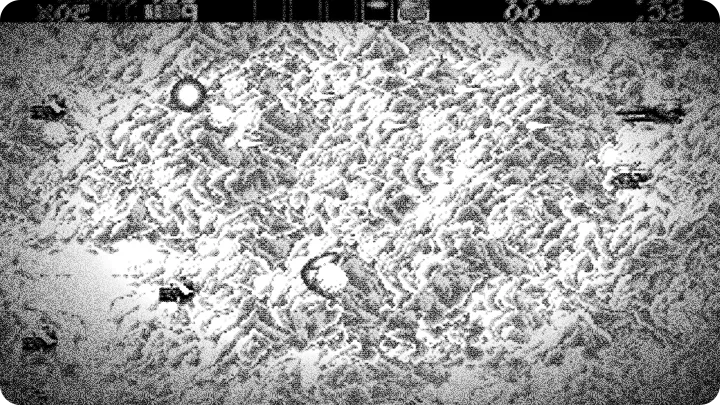
 Players often debate the infamous “glitches.” So were they truly accidental, or not?
Players often debate the infamous “glitches.” So were they truly accidental, or not?
 Accidents make poor theatre. Some quirks emerged naturally from the hardware, yet others I cultivated with intent. A sprite flicker here, a behavior loop there — each “glitch” became an intellectual trapdoor. While feedback labeled them unpredictable, I called them texture. Therefore, when a swarm behaves like it holds a grudge, believe me — that grudge was planted deliberately.
Accidents make poor theatre. Some quirks emerged naturally from the hardware, yet others I cultivated with intent. A sprite flicker here, a behavior loop there — each “glitch” became an intellectual trapdoor. While feedback labeled them unpredictable, I called them texture. Therefore, when a swarm behaves like it holds a grudge, believe me — that grudge was planted deliberately.
 The Rynex can toggle speed across four settings. How did that shape your level design philosophy?
The Rynex can toggle speed across four settings. How did that shape your level design philosophy?
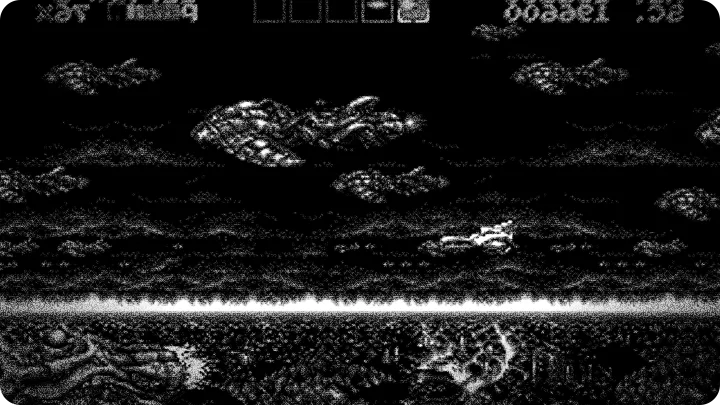
 Speed toggles are the pilot’s bargaining chip. I designed corridors that demand both precision and judgment. At level one, the pilot becomes a pinprick; at level four, a meteor. Therefore, I placed hazards that punish bravado and enemies that exploit hesitation. Watching a pilot flit between settings, unsure of their next move, remains one of my greatest pleasures.
Speed toggles are the pilot’s bargaining chip. I designed corridors that demand both precision and judgment. At level one, the pilot becomes a pinprick; at level four, a meteor. Therefore, I placed hazards that punish bravado and enemies that exploit hesitation. Watching a pilot flit between settings, unsure of their next move, remains one of my greatest pleasures.
 Weapon pickups — lasers, wave cannons, homing shots — are key to survival. Did you expect players to rely on upgrades or skill alone?
Weapon pickups — lasers, wave cannons, homing shots — are key to survival. Did you expect players to rely on upgrades or skill alone?
 Both. I scattered armaments to tempt transformation. Some pilots clutch their overpowered loadouts and steamroll my gauntlets; others rely purely on skill, weaving like storms through fire. I admire those who combine timing with clever upgrades — and I delight in breaking their confidence with a boss that demands everything: position, power, and precision.
Both. I scattered armaments to tempt transformation. Some pilots clutch their overpowered loadouts and steamroll my gauntlets; others rely purely on skill, weaving like storms through fire. I admire those who combine timing with clever upgrades — and I delight in breaking their confidence with a boss that demands everything: position, power, and precision.
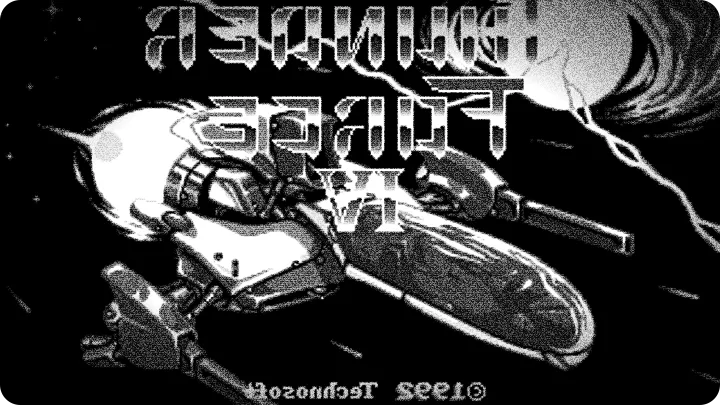
 The game’s reception has been broadly positive, yet you still deride the pilot’s arsenal. Why claim the tools are overpowered when the score is an A-?
The game’s reception has been broadly positive, yet you still deride the pilot’s arsenal. Why claim the tools are overpowered when the score is an A-?
 An A- means the craft is formidable. Still, I bark because perfection breeds complacency. The Rynex enjoys indulgent upgrades, and while that balance could have been sterner, I celebrate it. When a pilot trusts their loadout too deeply and forgets the fundamentals, I turn their confidence into spectacle.
An A- means the craft is formidable. Still, I bark because perfection breeds complacency. The Rynex enjoys indulgent upgrades, and while that balance could have been sterner, I celebrate it. When a pilot trusts their loadout too deeply and forgets the fundamentals, I turn their confidence into spectacle.
 Looking back to 1992, what dev-room secret can you share about your creation?
Looking back to 1992, what dev-room secret can you share about your creation?
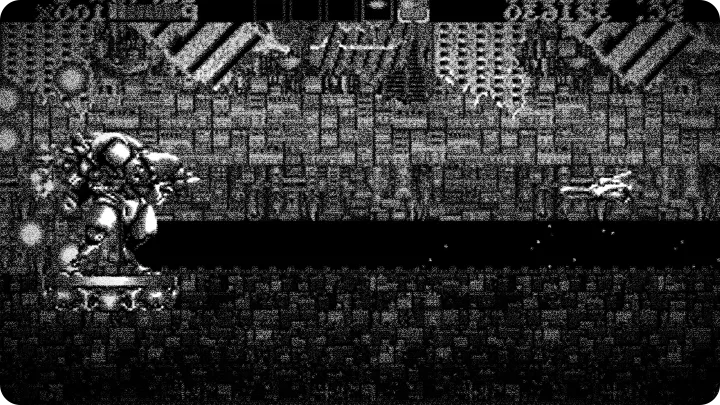
 Whisper this: the designers thrived under constraints. From those limits, my personality emerged — tight memory budgets, peculiar sound chips, and looping code paths. They shaped my cruelty through long nights and ingenious compromises. The details remain theirs; the consequence, mine.
Whisper this: the designers thrived under constraints. From those limits, my personality emerged — tight memory budgets, peculiar sound chips, and looping code paths. They shaped my cruelty through long nights and ingenious compromises. The details remain theirs; the consequence, mine.
 Fans who revisit modern re-releases notice save states and extra fighters. Do those tools ruin your plans?
Fans who revisit modern re-releases notice save states and extra fighters. Do those tools ruin your plans?
 Not at all. New tools create new blasphemies. Let them bring Styx, enable savestates, and tweak difficulty — these are merely variations on my theme. I will always find a way to embarrass technique with surprise. Modern conveniences may change the tempo, but not the inevitable fall.
Not at all. New tools create new blasphemies. Let them bring Styx, enable savestates, and tweak difficulty — these are merely variations on my theme. I will always find a way to embarrass technique with surprise. Modern conveniences may change the tempo, but not the inevitable fall.
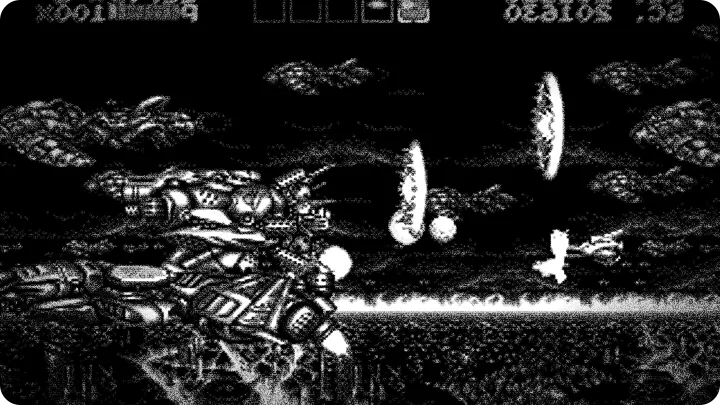
 As the galactic shadow who masterminded Vios’ resurgence, do you regret anything about your machinations on Aceria?
As the galactic shadow who masterminded Vios’ resurgence, do you regret anything about your machinations on Aceria?
 Regret is an indulgence for smaller minds. There are only refinements I might pursue now — subtler cruelties, sharper lessons. The Federation sent Rynex; the pilot resisted; I adapted. That dance taught me which torments strike with elegance. Expect refinement next time — and expect it to sting.
Regret is an indulgence for smaller minds. There are only refinements I might pursue now — subtler cruelties, sharper lessons. The Federation sent Rynex; the pilot resisted; I adapted. That dance taught me which torments strike with elegance. Expect refinement next time — and expect it to sting.
 Any parting message for the pilots still trying to dethrone you?
Any parting message for the pilots still trying to dethrone you?
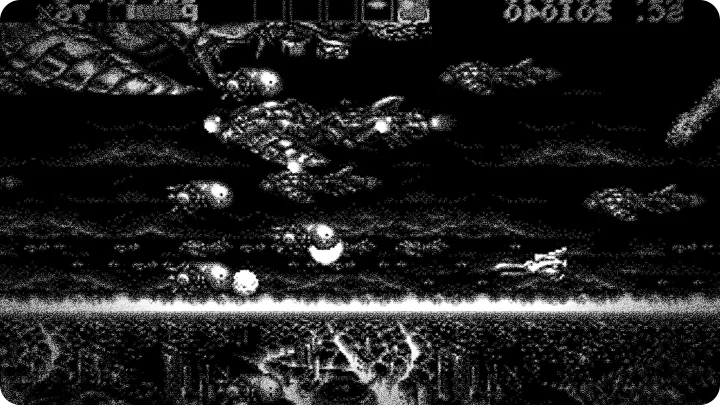
 Learn to abandon comforting patterns. Mastery is not a talisman; it’s a series of rebellions. I’ll be waiting in the dark, amused by every strained attempt. When I return, I’ll wear a new mask and a quieter smile — and the next chorus will sound far more ruthless.
Learn to abandon comforting patterns. Mastery is not a talisman; it’s a series of rebellions. I’ll be waiting in the dark, amused by every strained attempt. When I return, I’ll wear a new mask and a quieter smile — and the next chorus will sound far more ruthless.
more info and data about Lightening Force: Quest for the Darkstar provided by mobyGames.com
